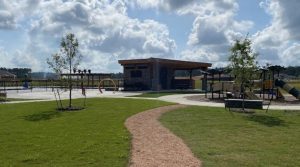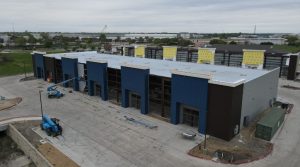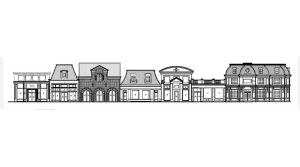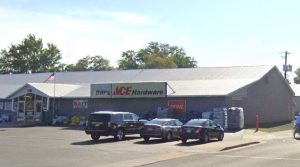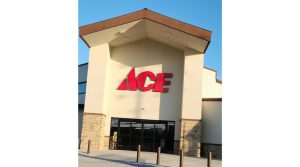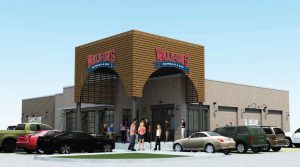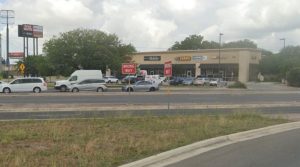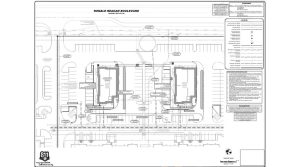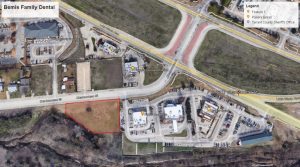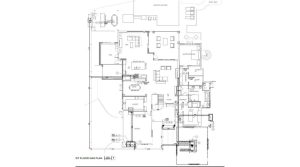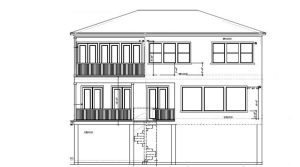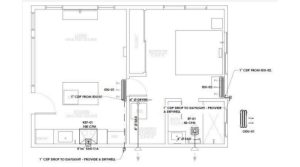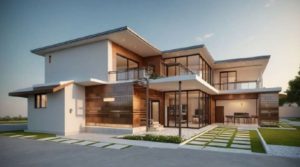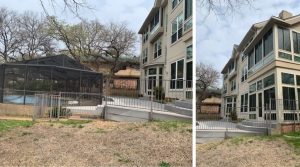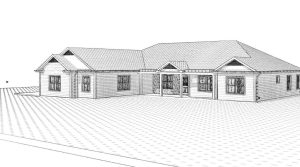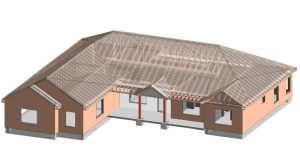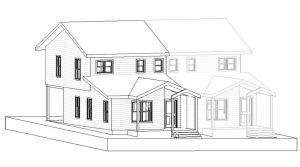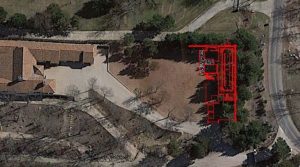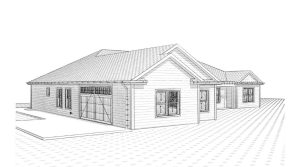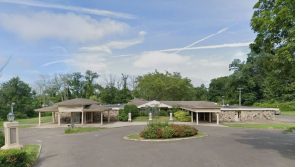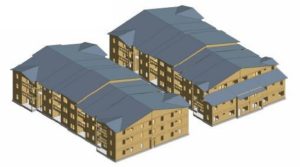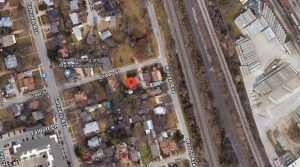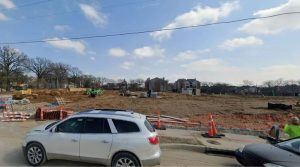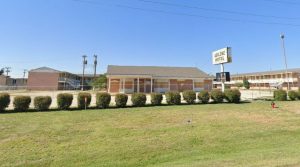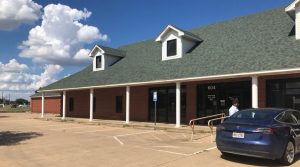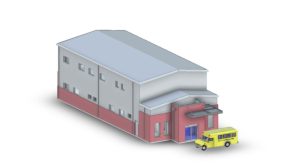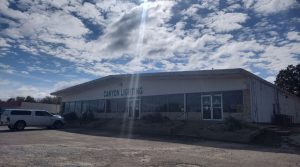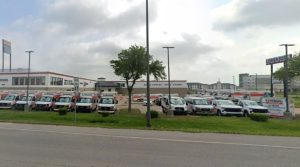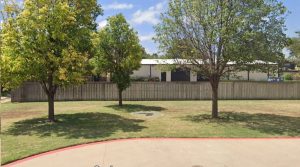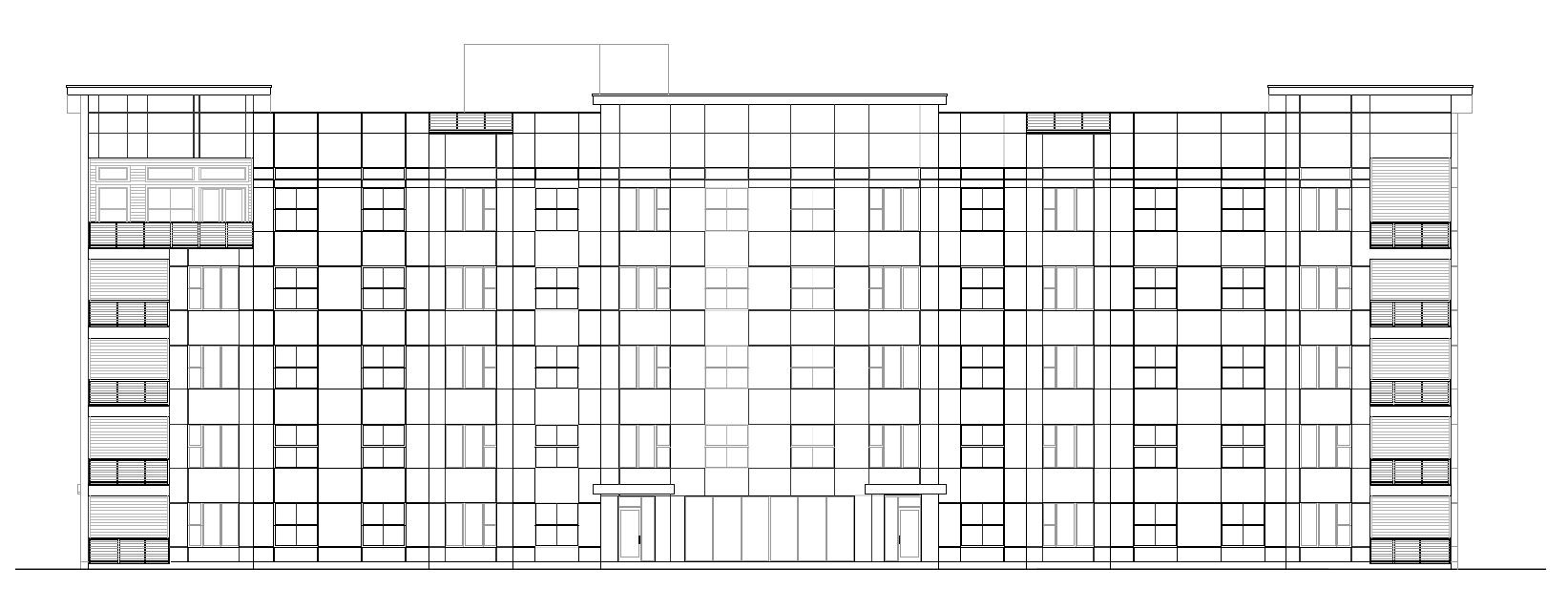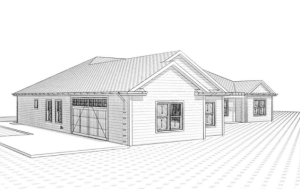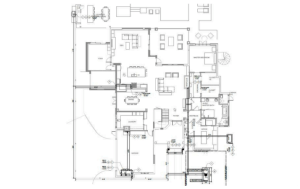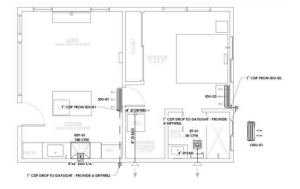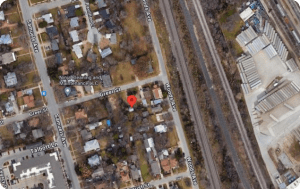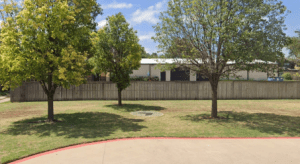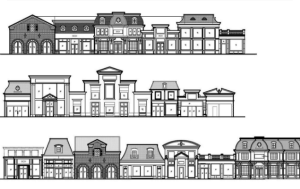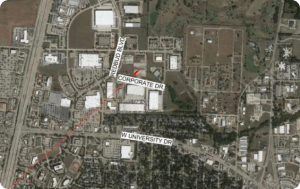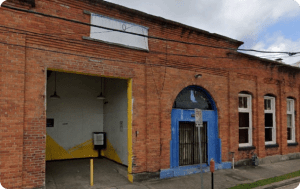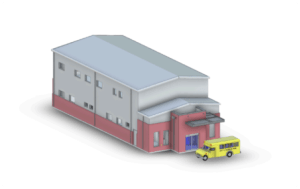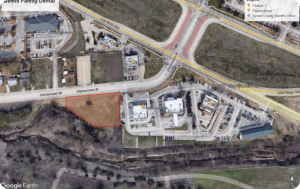Choosing the Right Steel Structure: Portal Frame, Truss, or Steel Grid?
In modern structural engineering design, steel continues to be the material of choice for projects that demand strength, speed, and versatility. From industrial warehouses to airports and sports arenas, steel’s adaptability makes it a go-to for architects and engineers around the world.
But steel structure design isn’t just about the material—it’s about the form. The framework you choose will directly affect construction speed, cost, structural performance, and even the way the finished building looks and feels.
Three of the most common steel structural systems are portal frames, trusses, and steel grids. Each offers unique advantages and is suited to specific project types. Choosing the right one requires balancing technical requirements, budget, and aesthetics.
This guide breaks down the differences, benefits, and limitations of each so you can make an informed choice for your next project.
Why Steel Structures Are So Popular
Steel has a combination of properties that few materials can match:
• High strength-to-weight ratio – Strong enough for long spans without excessive bulk.
• Design flexibility – Can be customized into complex shapes and forms.
• Speed of construction – Prefabricated steel elements can be installed quickly.
• Durability – Resistant to rot, pests, and fire (when treated properly).
• Recyclability – Steel can be reused without loss of quality, making it sustainable.
Whether you’re designing an industrial plant, a stadium roof, or a commercial building, steel can often deliver more value and speed than traditional construction materials.
Factors That Influence Steel Structure Selection
When deciding between a portal frame, truss, or steel grid, several considerations come into play:
- Span Length – How far must the structure span without intermediate supports?
- Load Requirements – What live, dead, wind, or snow loads must it handle?
- Building Function – A warehouse has different needs than an exhibition hall.
- Budget and Timeline – Some systems are faster and more cost-effective to assemble.
- Architectural Goals – Should the structure be exposed for visual impact or hidden within walls and ceilings?
Portal Frame Steel Structures
Overview
Portal frames are rigid structures made of two columns and two rafters connected by moment-resisting joints. They are simple yet strong, ideal for wide, open spaces with no interior supports.
Advantages
- Cost-effective for spans up to about 60 meters.
- Quick to fabricate and assemble.
- Maximizes usable floor space.
- Offers good resistance to wind and seismic loads.
Common Applications
Warehouses, storage sheds, aircraft hangars, workshops, and factories.
Limitations
- Becomes less efficient for very large spans.
- Limited flexibility in architectural design.
Truss Steel Structures
Overview
A truss is a triangulated framework that distributes loads efficiently through tension and compression. Trusses can span long distances with minimal material use, making them ideal for large roofs or bridges.
Advantages
• Longer Spans – Can exceed 60 meters easily.
• Material Efficiency – Uses less material than solid beams for large spans.
• Architectural Appeal – Exposed trusses can create striking visual effects.
• Versatility – Can be designed in many shapes, including pitched, curved, or parallel chord.
Common Applications
Sports stadiums, exhibition halls, pedestrian bridges, and large roof structures.
Limitations
• More Complex Fabrication – Requires precision manufacturing and skilled assembly.
• Maintenance Needs – Multiple joints and members can require more inspections.
• Depth Requirement – Trusses need more vertical space than beams or portal frames.
Steel Grid (Space Frame) Structures
Overview
A steel grid, or space frame, is a three-dimensional system that distributes loads in multiple directions. Its geometric design gives it outstanding rigidity and spanning capacity.
Advantages
- Covers very large areas with minimal supports.
- Excellent resistance to wind, seismic, and snow loads.
- Provides freedom for bold and modern architectural designs.
- Distributes loads evenly across members.
Common Applications
Airports, convention centers, atriums, canopies, and public gathering spaces.
Limitations
- Less economical for smaller projects.
- Requires highly precise engineering and skilled labor.
How to Choose the Right Steel Structure
The “best” choice depends on engineering needs, cost, and vision. Here’s a quick guide:
- Need a simple, cost-effective system built quickly? → Portal Frame.
- Need long spans with striking visual impact? → Truss.
- Need maximum openness and modern aesthetics for massive spaces? → Steel Grid.
Ultimately, the right option comes from evaluating both technical demands and long-term project goals.
Real-World Examples
• Portal Frame – Logistics warehouse in Texas completed in record time thanks to prefabricated steel frames and minimal on-site welding.
• Truss – Sports arena roof in California using a curved truss system for both structural performance and visual impact.
• Steel Grid – International airport terminal with a sweeping steel grid roof that handles heavy snow loads while letting in natural light.
Conclusion
Steel’s versatility allows it to take many forms—but the form matters as much as the material. Whether you choose a portal frame, truss, or steel grid, the decision will shape the building’s cost, performance, and aesthetics for decades to come.
Working with an experienced engineering team ensures the steel structure design meets your project’s technical, budgetary, and visual requirements.
For expert support in choosing and designing the right steel structure, visit GDI Engineering’s Steel Structure Services.
